Biscuit Packaging Pouches: The Sweet Spot of Innovation in Modern Food Preservation
In the dynamic world of flexible packaging, biscuit packaging pouches are emerging as a critical player, balancing aesthetics, functionality, and sustainability. As consumers demand longer shelf life, eco-conscious materials, and personalized branding, innovations like zip lock stand up pouches and custom printed resealable food bags are reshaping how snacks and beverages are packaged. From artisanal cookies to premium tea blends, the industry’s pivot toward smarter, greener solutions is redefining freshness and consumer engagement.
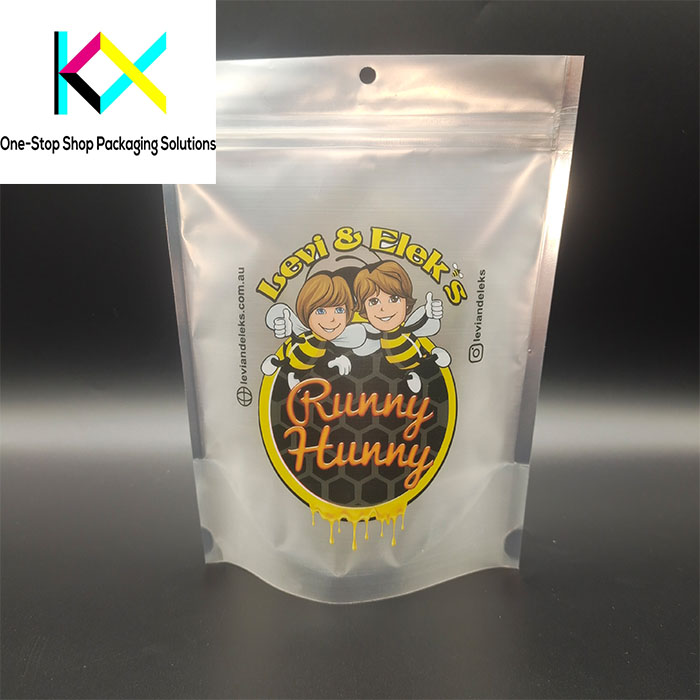
The Evolution of Freshness: Zip Lock Meets Mylar
The humble biscuit has long demanded packaging that preserves its delicate crunch. Enter zip lock mylar pouches, a fusion of convenience and high-barrier protection. Mylar’s aluminum-laminated layers block oxygen, light, and moisture—key culprits of staleness—while the resealable zip lock ensures biscuits stay crisp after every use. Brands like McVitie’s and Pepperidge Farm now use these pouches for premium lines, reducing food waste by up to 30% compared to traditional wraps.
But the innovation doesn’t stop at biscuits. Pet food and coffee brands, inspired by this success, are adopting zip lock stand up pouches for kibble and grounds. The stand-up design not only maximizes shelf visibility but also incorporates ergonomic handles for easy pouring—a feature migrating to custom tea bag packaging for loose-leaf blends.
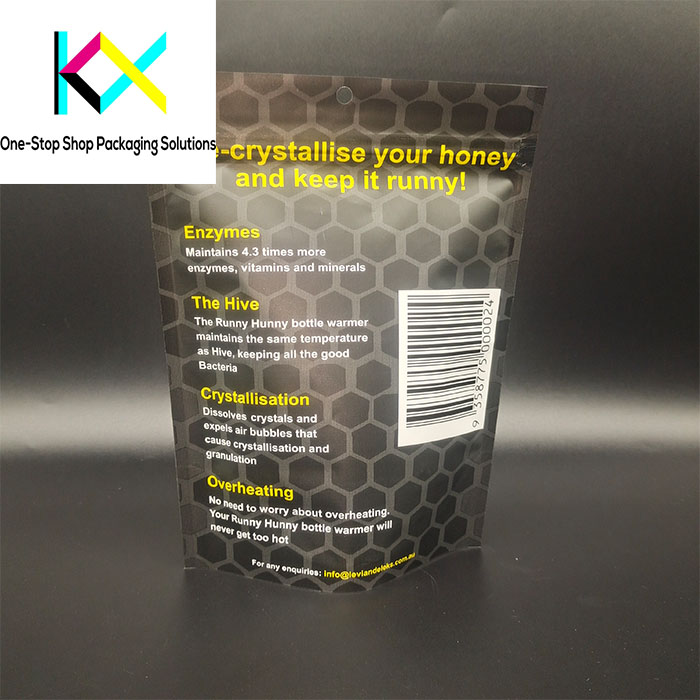
Customization: Where Branding Meets Practicality
In an era of Instagram-worthy products, custom printed resealable food bags are becoming a branding powerhouse. Digital printing allows biscuit makers to showcase intricate designs, allergen info, or even QR codes linking to recipes. For instance, UK-based Biscuiteers uses vibrant, seasonal motifs on its biscuit packaging pouches, turning each pouch into a collectible gift.
Tea brands are following suit. Custom tea bag packaging now features biodegradable sachets printed with origin stories or brewing tips. Startups like Tea Drops pair resealable pouches with dissolvable tea tablets, merging convenience with sustainability.
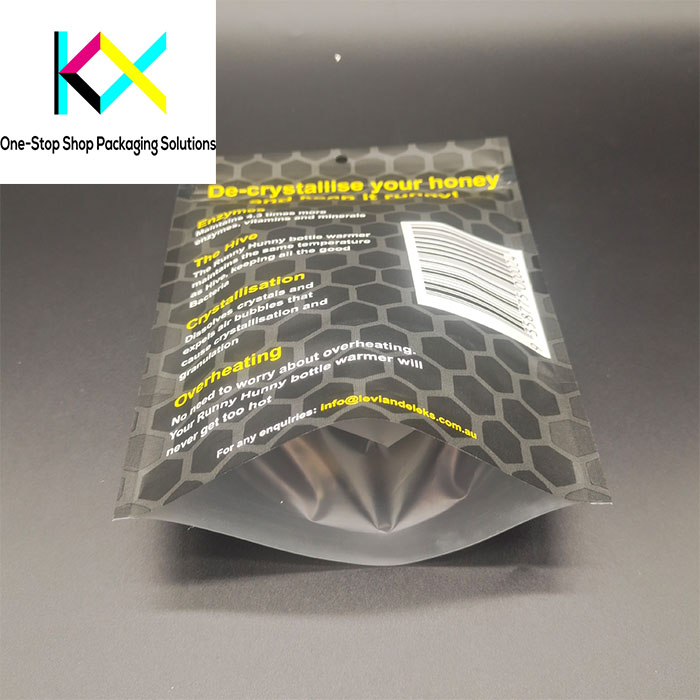
Sustainability’s Bitter Challenges and Sweet Solutions
While zip locks and mylar excel in preservation, their environmental impact has drawn scrutiny. Multi-layer zip lock mylar pouches are notoriously hard to recycle, prompting brands to explore mono-material alternatives. Biscuit leader Lotus Bakeries recently launched a biscuit packaging pouch made from 100% recyclable polypropylene, while tea giant Twinings tests compostable PLA liners in its custom tea bag packaging.
The pet food industry offers another lesson: Purina’s zip lock stand up pouches now use 30% post-consumer recycled content, a move mirrored by snack brands aiming to meet EU plastic regulations. However, composting infrastructure gaps persist. Brands like Kind Snacks address this by partnering with TerraCycle, offering free recycling programs for used custom printed resealable food bags.
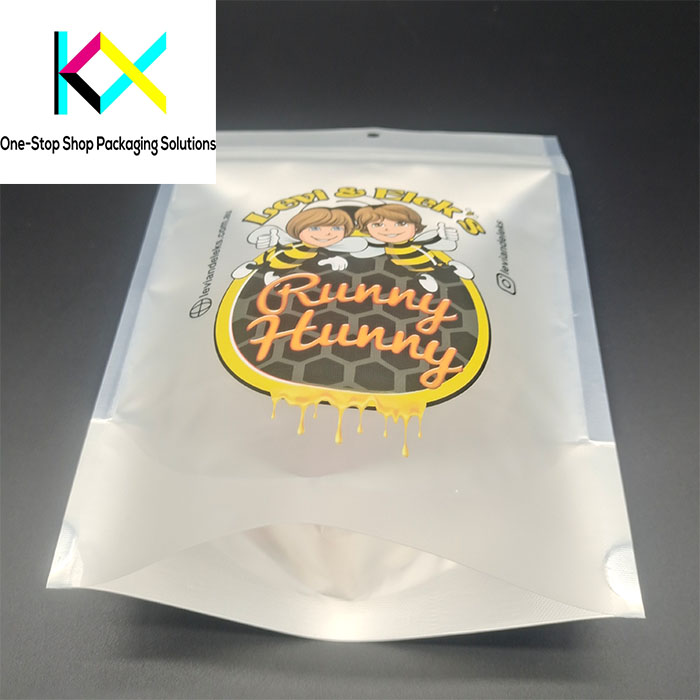
Smart Packaging: Beyond the Zip
The next frontier integrates technology directly into packaging. Temperature-sensitive inks, first used in custom tea bag packaging to indicate optimal brewing temps, are now appearing on biscuit packaging pouches to signal freshness. NFC chips embedded in zip lock stand up pouches allow consumers to scan for nutritional info or loyalty rewards—a trend pioneered by premium coffee brands now adopted by biscuit makers like Walkers Shortbread.
Edible packaging, though nascent, holds promise. Films made from rice starch or seaweed, tested in custom printed resealable food bags, could one day line biscuit pouches, dissolving harmlessly if accidentally ingested.
The Future: Collaboration and Circularity
The rise of zip lock mylar pouches and custom tea bag packaging underscores a universal truth: no industry can innovate in isolation. Biscuit brands are borrowing pet food’s mono-material strategies, while tea companies adopt coffee’s nitrogen-flushing tech to preserve aroma.
Legislation will further drive change. With France banning non-recyclable packaging by 2025 and California mandating 65% waste diversion by 2030, brands must prioritize designs like biscuit packaging pouches that align with circular economy goals.
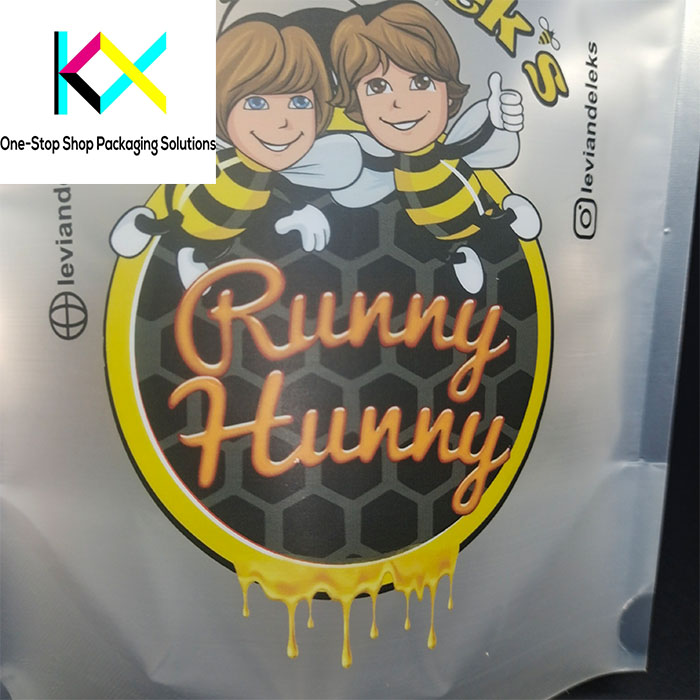
Conclusion: Packaging as a Flavor of Progress
From the zip lock’s satisfying “click” to the vibrant stories told by custom printed resealable food bags, modern packaging is no longer a passive wrapper but an active participant in the consumer experience. Whether it’s a custom tea bag packaging line that brews sustainability or a biscuit packaging pouch that crunches the code on freshness, the industry’s future hinges on agility, collaboration, and a relentless focus on what’s next.
After all, in a world where even a biscuit pouch can be a canvas for innovation, the only limit is imagination—and perhaps the occasional cookie crumb.
You can visit our website to know more about our flexible packaging pouch:
